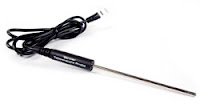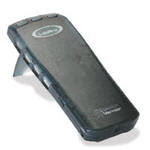The use of digital probes for data collection has revolutionized the science of data collection. Interfaces and probes made by the Vernier Company will be used in the investigations featured on the Probing the Matter blog. Here you will find the resources and information necessary to carry out experiments designed to teach the principles of physical and biological science.



